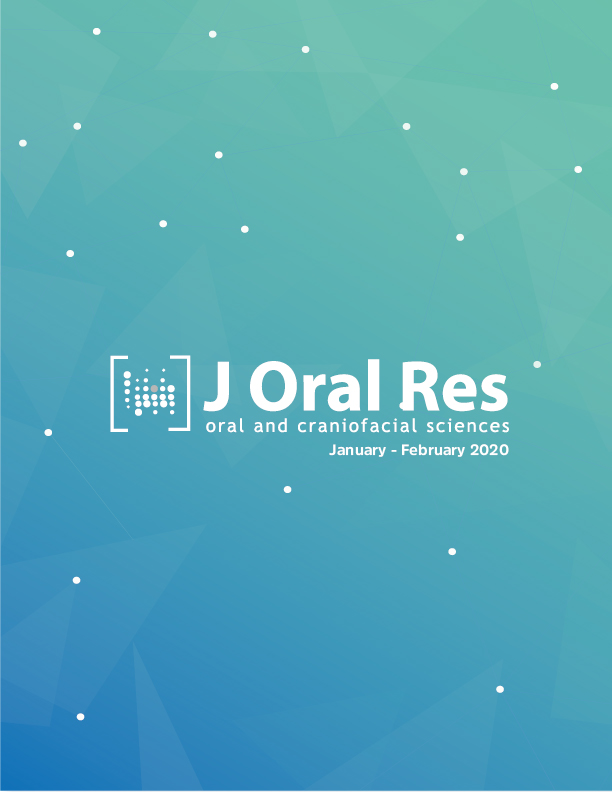Frequency of accessory mental foramen and anatomical variability of mental nerve anterior loop in a Peruvian population: A retrospective cone-beam computed tomography study.
DOI:
https://doi.org/10.17126/%25xResumo
Objective: To evaluate the frequency of accessory mental foramen (AMF) and anatomical variants of the mental nerve anterior loop using cone-beam computed tomography (CBCT) in a Peruvian population. Material and methods: This retrospective cross-sectional study evaluated 80 hemi-mandibles from 40 subjects using CBCT. The sample included 38 females and 42 males, with an average age of 25±4.45 years. A 3D multi-planar reconstruction was performed to identify the location and presence of accessory mental foramina, their morphological characteristics (oval or circular), their position with respect to the mental foramen (MF), anterior loop (AL) path and other anatomical landmarks including lengths and angles. Statistical analyses included chi square and t-tests. The significance level was p<0.05. Results: The frequency of AMF was 17% and the average distance AL-MF was 4.76±1.97mm. The measurements of the anterior border of AL and MF to the inferior mandibular border showed significant differences according to the sex (p<0.001 and p=0.009, respectively). Conclusion: The AMF prevalence was approximately 17%. There is no association between the AMF position and its morphology, sex or side evaluated. The distances from the anterior border of the AL and from the inferior border of the MF to the inferior mandibular border were greater in males. These findings should be considered when planning implant or mini-implant placement in this region.
Downloads
Publicado
Como Citar
Edição
Seção
Copyright (c) 2020 Universidad de Concepción

Este trabalho está licensiado sob uma licença Creative Commons Attribution 4.0 International License.
Este es una Revista de acceso abierto distribuido bajo los términos de Creative Commons Attribution License (CC BY 4.0). Se permite el uso, distribución o reproducción en otros foros, siempre que se acredite al autor o autores originales y a los propietarios de los derechos de autor y se cite la publicación original en esta revista, de acuerdo con la práctica académica aceptada. No se permite ningún uso, distribución o reproducción que no cumpla con estos términos. © 2023.










